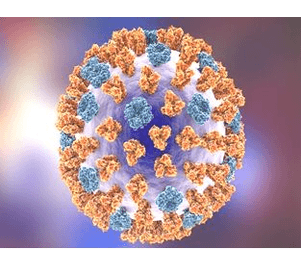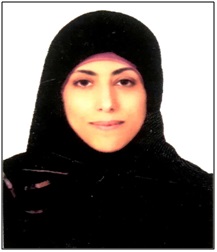DETECTION OF INFLUENZA VIRUSES AMONG HOSPITALIZED CASES SUFFERING FROM SEVERE ACUTE RESPIRATORY ILLNESS (SARI) IN SANA’A CITY, YEMEN
Keywords:
Influenza Viruses, Sana’a City, Severe Acute Respiratory Illness (SARI), YemenAbstract
Objective: Influenza is a major cause of morbidity and mortality around the world. So national influenza surveillance have been important for understanding the epidemiology of influenza over time. The aims of this study were to determine the prevalence rate of influenza viruses among hospitalized patients with severe acute respiratory illness (SARI), identify circulating types and subtypes of influenza viruses among them, and determine the risk factors associated with SARI.
Methods: A total of 320 hospitalized patients suffering from SARI at Al Joumhouri University hospital in Sana’a city were enrolled; and their age was ranged from < 1 year to ≥ 56 years. Both nasopharyngeal and oro-pharyngeal swabs were collected from each patient and tested by using rRT-PCR technique for the detection of influenza A, influenza B and subtypes of influenza A viruses (A/H1N1 (2009) and A/H3N2).
Results: The crude prevalent rate of influenza viruses among SARI patients was 10.9%; the female rate was 12.4%, and the male rate was 9.9%.. The rate of Flu A in the total SARI cases was 5.9% and for Flu B was 5%. In addition 3.8% of SARI patients were suffering from influenza A/H3N2, 2.2% from influenza A/H1N1(2009) infections; and the mortality rate for influenza infections was 17.1%. Also, a high mortality rate was occurred in influenza infections in age groups 36-45 years and 6-15 years. Also, there was a significant association between flu infection; and 46-55 years group (OR=2.8), Winter time (OR=17.5), cardiac diseases (OR=9.1), and diabetic mellitus (OR=3.7).
Conclusion: In conclusion: both influenza A and B were represented as a causative agents of SARI, and Influenza A/H3N2 was present subtype followed by A/H1N1(2009). The frequency of influenza viruses ascertain among SARI patients in Yemen highlights the need for health authorities to develop strategies to reduce morbidity among at-risk population in the course of vaccine recommendation.

Peer Review History:
Received 9 June 2019; Revised 13 July; Accepted 28 August; Available online 15 September 2019
Academic Editor: Dr. DANIYAN Oluwatoyin Michael , Obafemi Awolowo University, ILE-IFE, Nigeria, toyinpharm@gmail.com
, Obafemi Awolowo University, ILE-IFE, Nigeria, toyinpharm@gmail.com
Reviewer(s) detail:
Dr. Nada Farrag , Misr International University, Egypt, Nada_Hazem87@hotmail.com
, Misr International University, Egypt, Nada_Hazem87@hotmail.com
Dr. Nicola Micale , University of Messina, Italy, nmicale@unime.it
, University of Messina, Italy, nmicale@unime.it
Downloads

Published
How to Cite
Issue
Section

This work is licensed under a Creative Commons Attribution-NonCommercial 4.0 International License.









 .
.